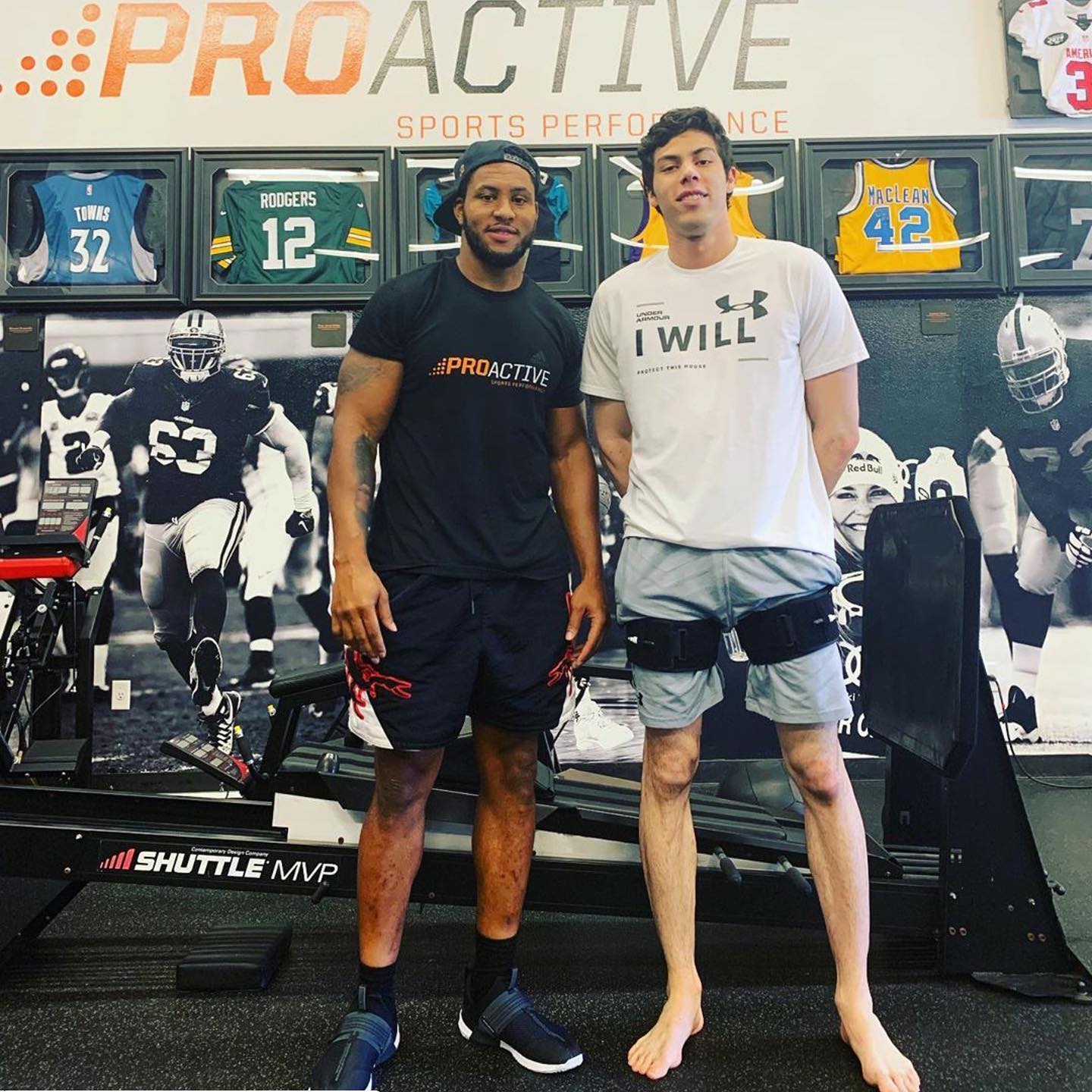Occlusion Training Bands | Bands vs. CuffsÂ
Blood Flow Restriction (BFR) training has become quite popular with athletes and fitness professionals, as well as those with mobility issues and those who are rehabbing from an injury or surgery.Â
But just what is BFR training and how does it work? The term “blood flow restriction†can sound a bit intimidating, but it is part of an effective training strategy that produces results.
How Does BFR Work?
BFR training works by placing cuffs or bands around a limb of your body during exercise. The band or cuff helps maintain arterial inflow to the muscle while simultaneously preventing venous return. In other words, blood can flow to the muscles but not out of them.Â
Since this training is achieved through low-intensity exercise with a decrease in stress to tissue and joints, the benefits are ideal for mobility-challenged patients going through rehabilitation or for athletes looking to isolate and strengthen weaker regions of the body.
Using a Band for BFR
A variety of tools can be used to perform BFR. The two most common are bands or cuffs, since they are the least expensive options. You can search your favorite online store and find most options well under $50.Â
The downside to bands is that they offer little in the way of consistency. It’s extremely difficult to achieve any level of accuracy over multiple workouts because there’s no way to apply a consistent level of pressure. Your workout on Monday may feel very challenging, while Wednesday’s workout may seem too easy.Â
Using a Cuff
A cuff, which has the ability to accurately measure a personalized pressure, provides a much more consistent training method, as well as enhanced safety to help reduce risk of injury when training.Â
Accurately measuring a personalized pressure is important because it allows you to take the guesswork out of the amount of blood flow restriction you’re applying to a limb on an individual basis. This is a crucial safety feature.Â
A cuff system which offers an electronic pump system that lets you set your personalized pressure, can make the entire process quick and easy.Â
Some cuffs also feature built-in safety mechanisms like “Manual Mode,†which allows the user to inflate the cuff to the desired pressure.Â
Pros and Cons of Bands vs. Cuffs
As you can see, there are key differences between these two methods of BFR training.Â
Bands
Pros:
- Inexpensive and the most affordable
Cons:
- Inconsistent pressure and accuracy
- Pose a greater risk of injury
Cuffs
Pros:
- Extremely safe and easy to use
- Ability to measure a personalized pressure for enhanced safety and accuracy
- Built-in safety mechanisms
- Least risk of injury
Cons:
- More expensive than bands
